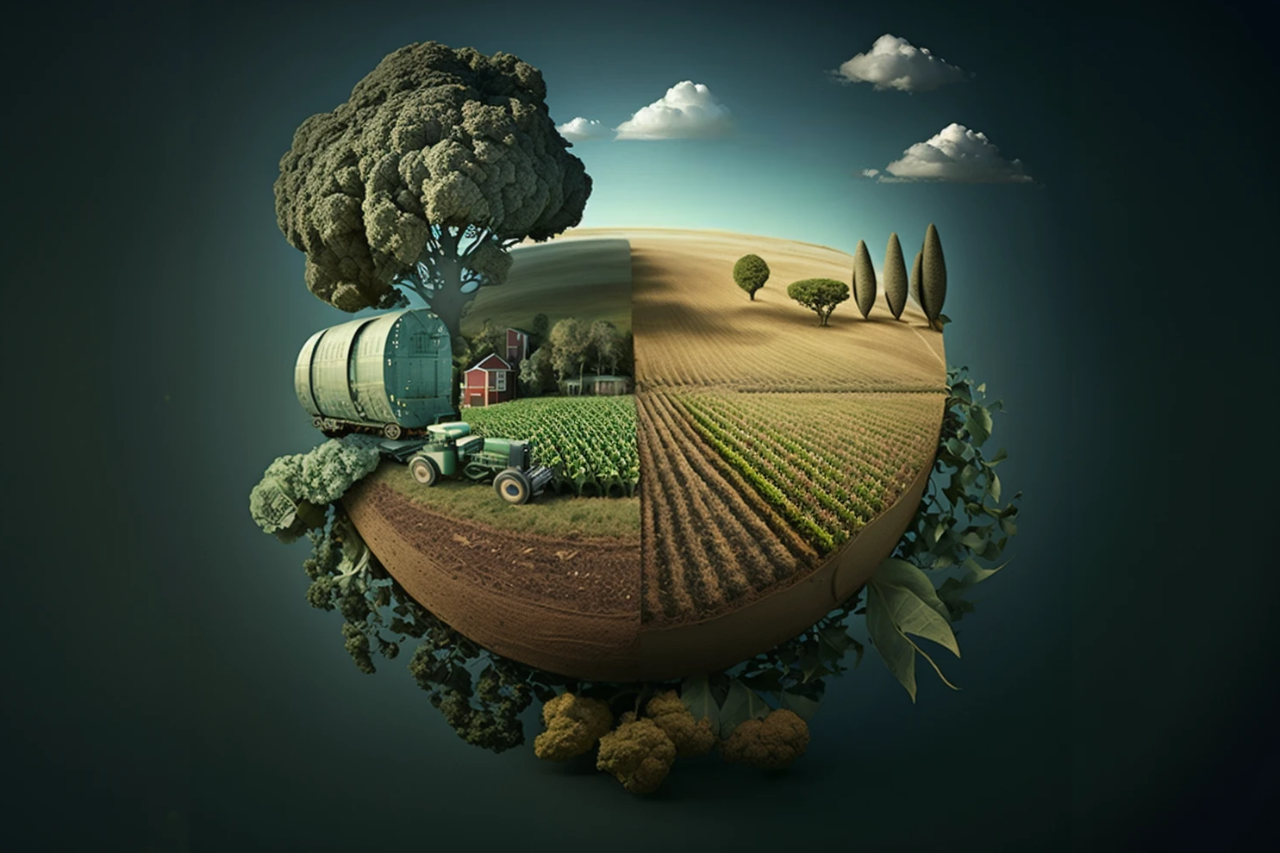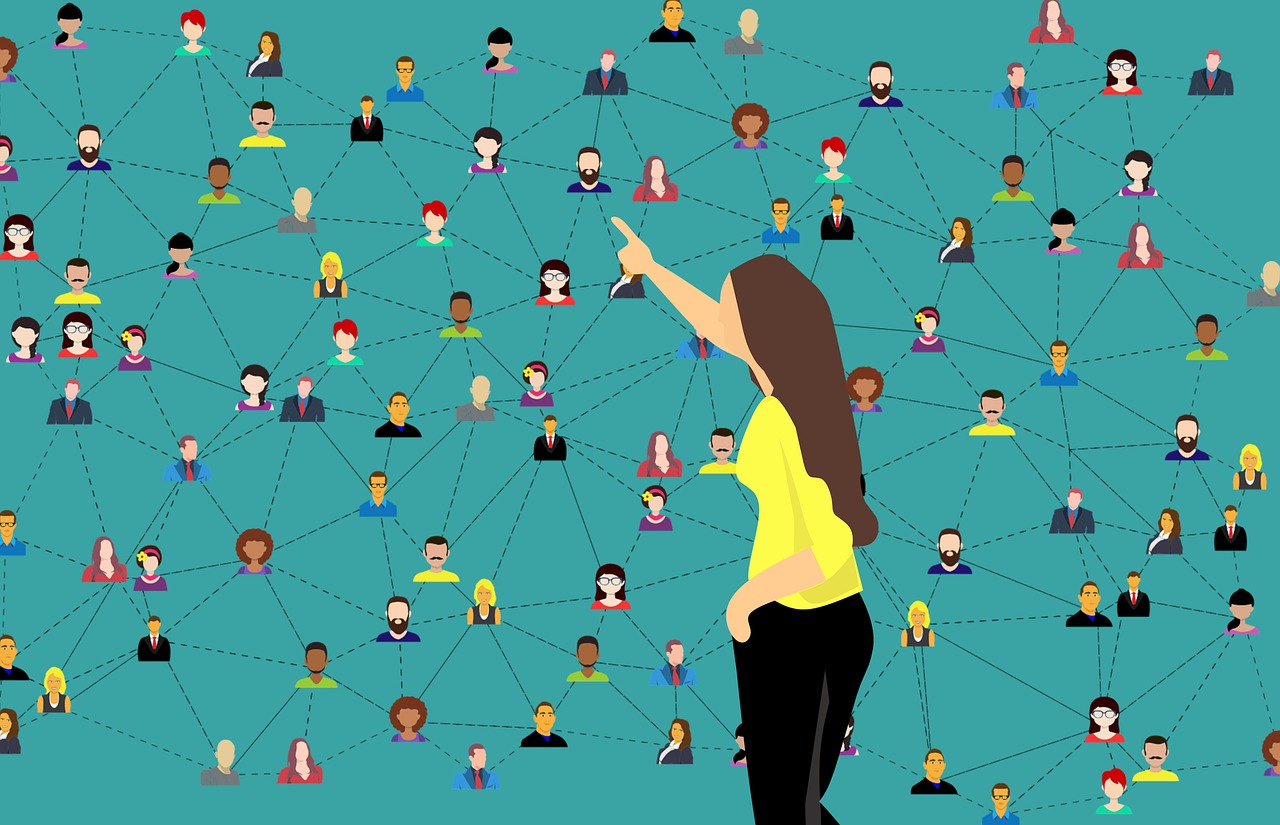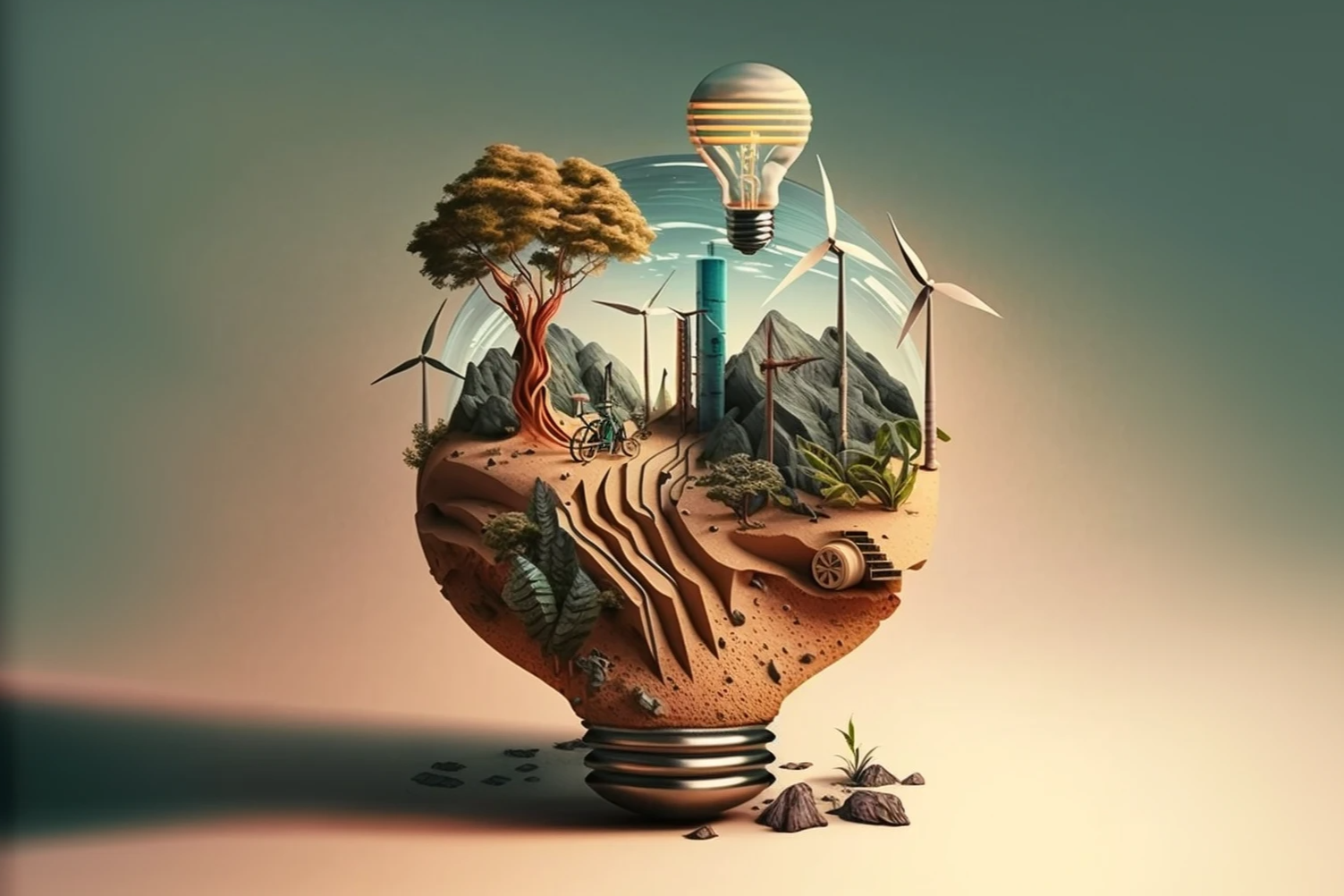Sustainable Agriculture: What it Means and Why it Matters

Share this Post
The modern food production and distribution process demands a significant amount of resources and space, a reality that is often overlooked. Agriculture alone utilizes more than one-third of habitable land and is accountable for 70% of global water consumption. Additionally, agriculture is responsible for 30% of greenhouse gas emissions, including deforestation to create more farming land. The food production industry also employs a considerable portion of the global workforce, with one billion agricultural workers making up 28% of the human workforce.
To combat climate change and deteriorating water quality, institutions such as the Food and Agriculture Organization of the United Nations (FAO) and the World Wildlife Fund emphasize the importance of transitioning to sustainable agriculture practices. Sustainable agriculture aims to reduce CO2 emissions, avoid soil degradation from pesticides and fertilizers, conserve water, and increase biodiversity. However, achieving this goal requires considering various social and economic factors. One crucial aspect is the integration of innovative technologies that could either help to transition to sustainable agriculture or worsen the environmental impact of industrial agriculture. In essence, sustainable agriculture aims to produce food without harming the environment while ensuring fair conditions for farmers and workers.
The Environmental Impact of Industrial Agriculture
While the chemical and biological processes involved in the growth of plants follow natural cycles, industrial farming techniques that serve to increase yield and economic efficiency have far-reaching effects on the environment. One example is the use of chemical fertilizers. Nitrogen and phosphorus are crucial nutrients for plant growth, but farmland soil is often lacking in these compounds. As a result, fields are sprayed with fertilizers. However, plants can only absorb a limited amount of fertilizers, and the excess often enters and contaminates groundwater. This excess nutrient pollution can also cause eutrophication in water habitats, leading to overgrowth of certain plants and harming aquatic life. Harmful runoff can also occur from various pesticides, fungicides, herbicides, and other pest-control substances used in farming, which can have long-lasting damaging effects. Even pesticides that have been banned for decades can reappear in drinking water supplies 50 years later.
The long-lasting detrimental effects of the currently prevalent agriculture practices go beyond soil and water contamination. The availability of water fit for irrigation is becoming a growing problem. Water scarcity has been titled “one of the greatest challenges of our time” by the FAO, and in some countries farming accounts for up to 95% of freshwater-usage; the effects of climate change aggravate this situation. Since 2000, the number and duration of droughts has increased by 29% worldwide, which generates a cascade effect: Once it rains, soil that has been affected by drought can take up and store less water. This increases the danger and damage caused by floods, and means that more freshwater is flushed into the salty oceans, from where it can only be recuperated by the costly desalination process that also requires enormous amounts of energy and introduces additional environmental burdens.
Both plants and cattle need water to flourish. Approximately 1,500 liters of water are required to produce just one kilogram of wheat. But compared to cattle, wheat and other crops still require relatively little water to produce calories for human ingestion: One kilo of beef requires more than 15,000 liters, one kilo of pork almost 6,000 liters. Cattle farming is also particularly unsustainable in respect to greenhouse gas emissions, as cows and other farm-animals emit considerable amounts of methane. Counting the effects of rice fields, cattle farming, and manure management together, agriculture accounts for 40% of global methane emissions – that is a quarter more than what is emitted from natural sources such as wetlands and wild animals.
Another issue is the vast amount of space required to feed the world’s expanding population of eight billion people. Crops and livestock need space to grow, and according to the FAO, 50% of all habitable land is already used for agriculture. The need to create more room for fields and pastures is a leading cause of deforestation, resulting in the loss of biodiversity. With carbon-capturing forests declining and more crops and livestock producing methane, food production is expected to exacerbate the effects of climate change and intensify environmental degradation. Urgent action is therefore necessary to shift to more sustainable forms of agriculture to ensure the continued survival of life on the planet.
The Principles of Sustainable Agriculture
Sustainable agriculture aims to tackle the two main challenges facing humanity resulting from conventional farming practices: environmental degradation and climate change. Sustainable agriculture proponents continually explore both new and traditional approaches to prevent pollution, save energy, encourage biodiversity, preserve soil quality, and improve animal welfare. They are also committed to promoting fair supply-chains that provide better conditions for farm workers.
While sustainable agriculture shares many practices with organic farming and non-organic sustainable agriculture, it does not categorically reject technical innovations like synthetic fertilizers and GMOs. Instead, sustainable agriculture aims to balance maximizing yield while minimizing environmental disruption.
One technique of sustainable farming is planting “cover crops” such as buckwheat, clover, alfalfa, or cowpeas. In contrast to “cash crops,” which are planted to be sold for profit, cover crops serve to keep the soil healthy. They are planted on empty fields and in between seasons to enrich the soil with nutrients and to protect it from erosion. In combination with other crops, they can also be used to optimize moisture-levels in the topsoil. Some can even be used to reduce pests and weeds, thus further reducing the need for chemicals.
Crop rotation is another effective method of preserving soil quality and reducing reliance on fertilizers. The rotation of crops allows the soil to restore the nutrients taken up by a particular crop during growing season. It also increases the biodiversity of farmlands, thereby naturally counteracting many of the pest and weed infestations that plague monocultures.
Mulching, conservation tillage, and agroforestry are additional techniques employed by sustainable farmers to manage water in a sustainable fashion, prevent pollution, conserve the soil and prevent erosion, and reduce emissions.
The Future of Sustainable Agriculture
Sustainable agriculture has been gaining recognition as potential pathway to address the detrimental effects of current agricultural practices on climate change and environmental degradation. Nevertheless, its adoption is still a fraction of global agricultural output and price hikes on the fertilizer market, alongside rising energy costs and international supply-chain disruptions have put additional strain on farmers worldwide, adding further constraints and obstacles on the transition to sustainable agriculture. Moreover, with international food security sharply in decline, the transition from an exploitative-but-efficient industrial agriculture to sustainable practices is a politically delicate process that could succeed only if it is carried out while taking the concerns of all affected parties into account.
According to its proponents, sustainable agriculture is neither less productive nor more expensive than industrial agriculture, while it also solves most of the environmental problems associated with contemporary agricultural practices. Productivity is a key factor, considering the massive amount of land required to feed the world, calories per square meter and their influence on food prices.
Due to the fact that it does not entirely rule out the use of fertilizers and GMOs, sustainable farming might also receive a push from technological innovations, as long as they are used in accordance with sustainability principles and values. For example, GMO-tech has been used to make crops resistant against particularly harmful parasites. This has succeeded in the case of engineered corn variety Bt Maiz, which has greatly improved the yield and grain quality of many corn farmers. The plants’ resistance against the parasites enables the farmers to cut down on pesticides or abstain from using them altogether. In other cases, GMO has been used to make crops resistant against the pesticides themselves, so that farmers can spray the fields with chemicals that kill almost everything but the genetically-modified crop – thus causing devastating results for the nutrient cycle. This illustrates how the same technology can be used both sustainably and unsustainably.
In a joint statement, the leaders of the World Food Summit 2022 declared the need to “accelerate efforts to support sustainable agriculture and food systems.” Indeed, it seems that given the present and predicted negative impact of climate change on food security due to more droughts and further destabilization of the environment and food-production cycles, sustainable agriculture is the only possible answer to feeding the planet’s growing population. Nevertheless, it is not yet clear when and how a large-scale transition might take place. This much is certain: in the face of the massive global challenges of the 21st century, the way in which humanity approaches agriculture and food production will be a deciding factor on the future of life on the planet.
The opinions expressed in this text are solely that of the author/s and do not necessarily reflect the views of the Israel Public Policy Institute (IPPI) and/or its partners.
Share this Post

What is deplatformization and how does it work?
Platforms and the AI used on them to curate information feeds have significant impact on the public sphere.…

The Transition to Electric Vehicles in Israel
An electric vehicle (EV) operates on electricity, unlike its counterpart, which runs on fossil fuel. Instead of an…

Climate change solutions: An overview of innovative technologies
The urgent threat of climate change requires swift and decisive action from all quarters. As called for in…
